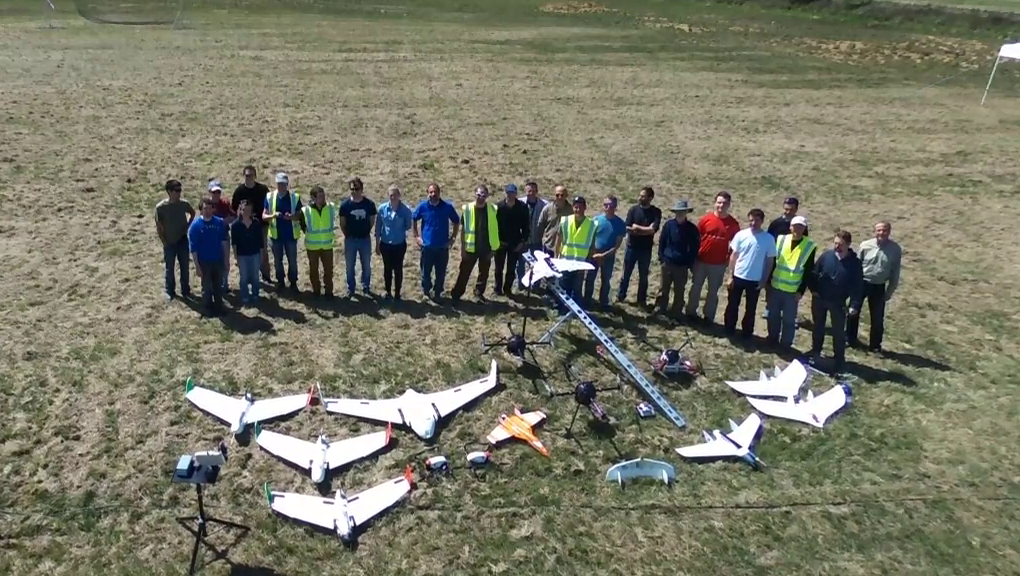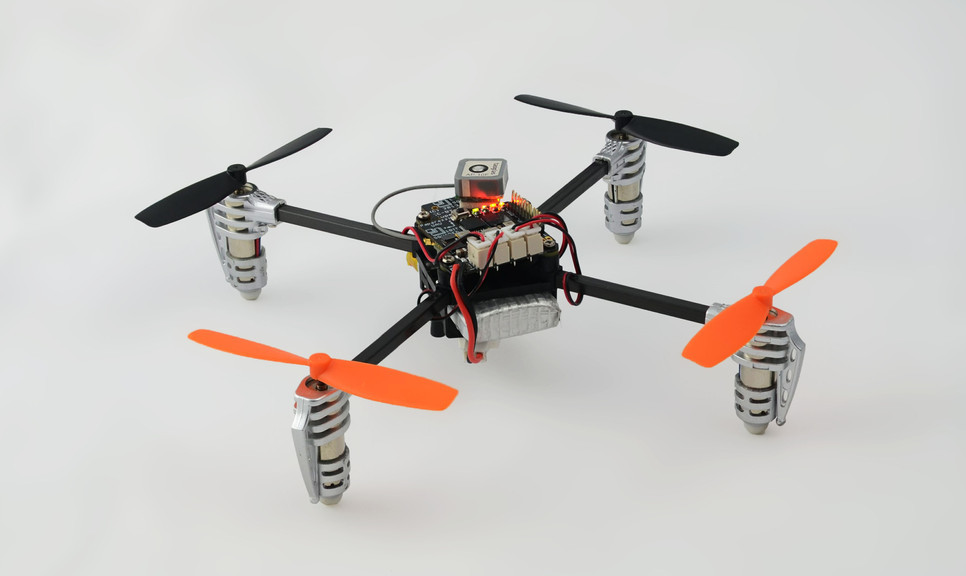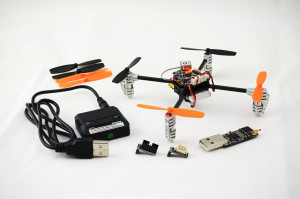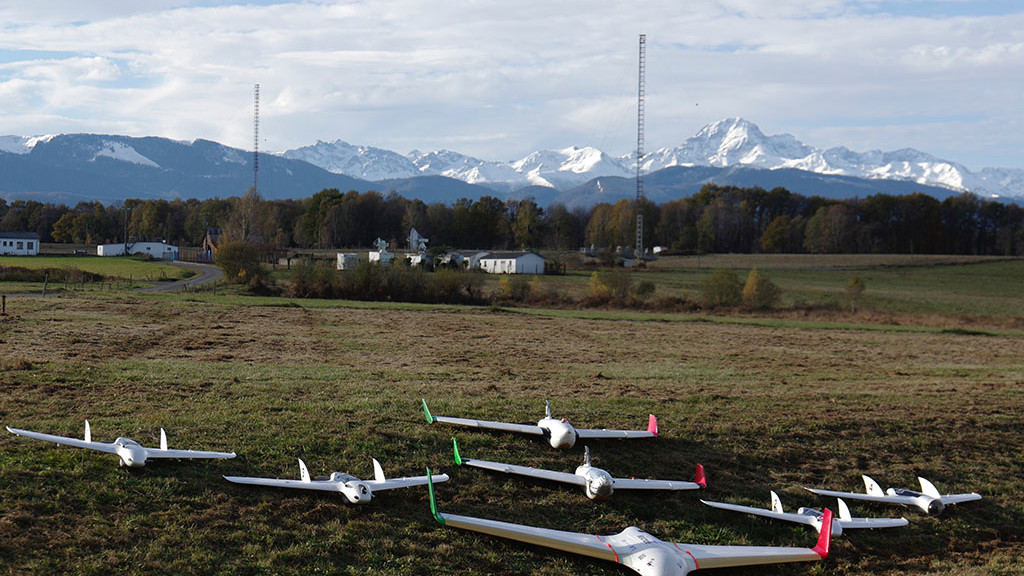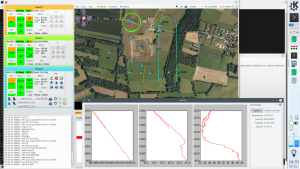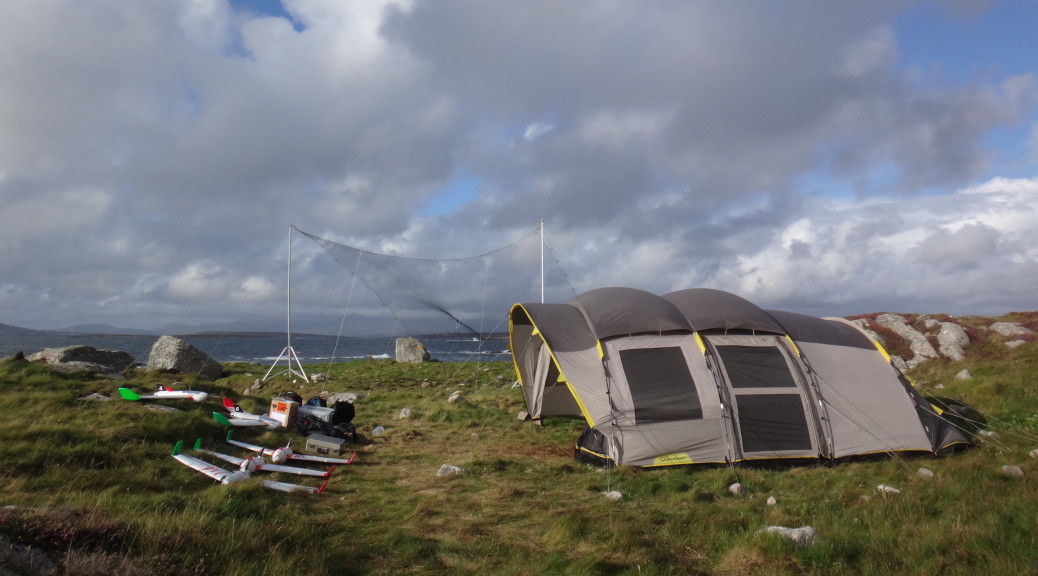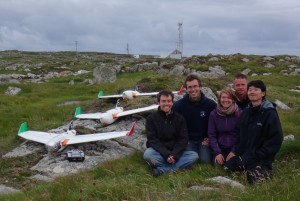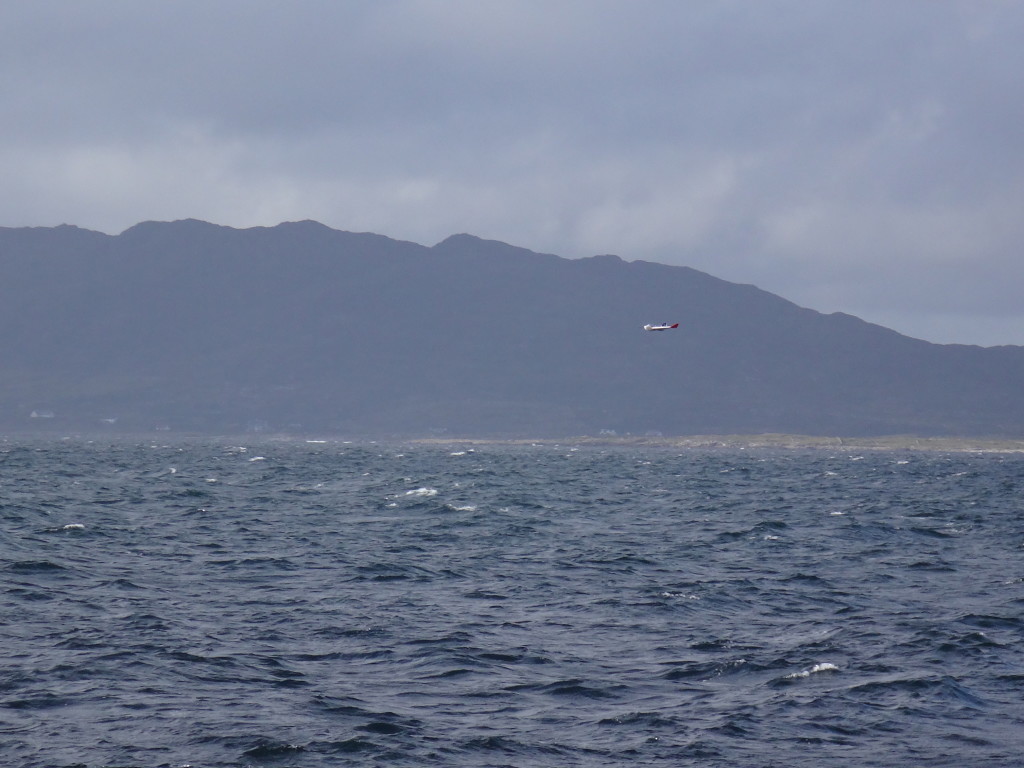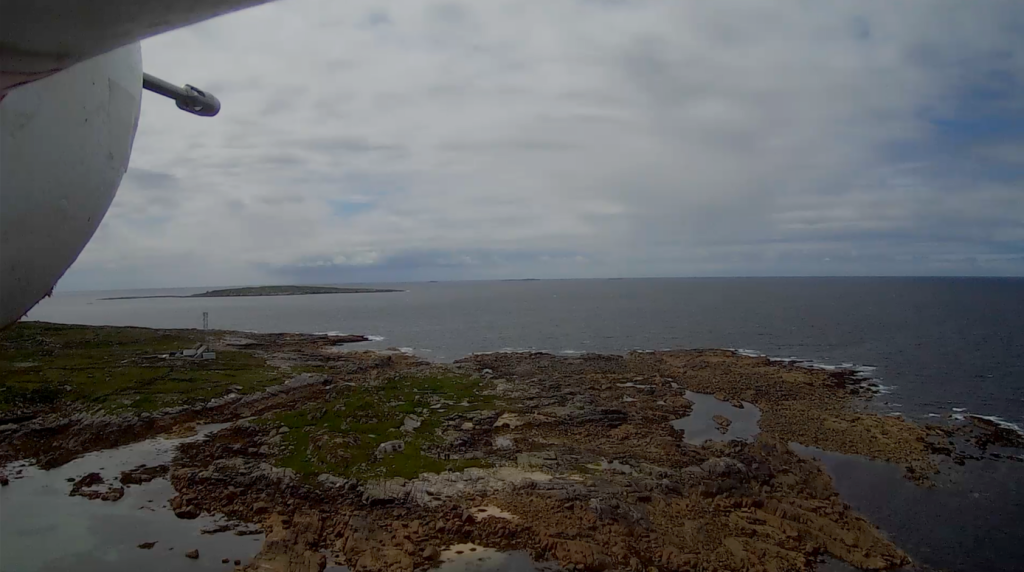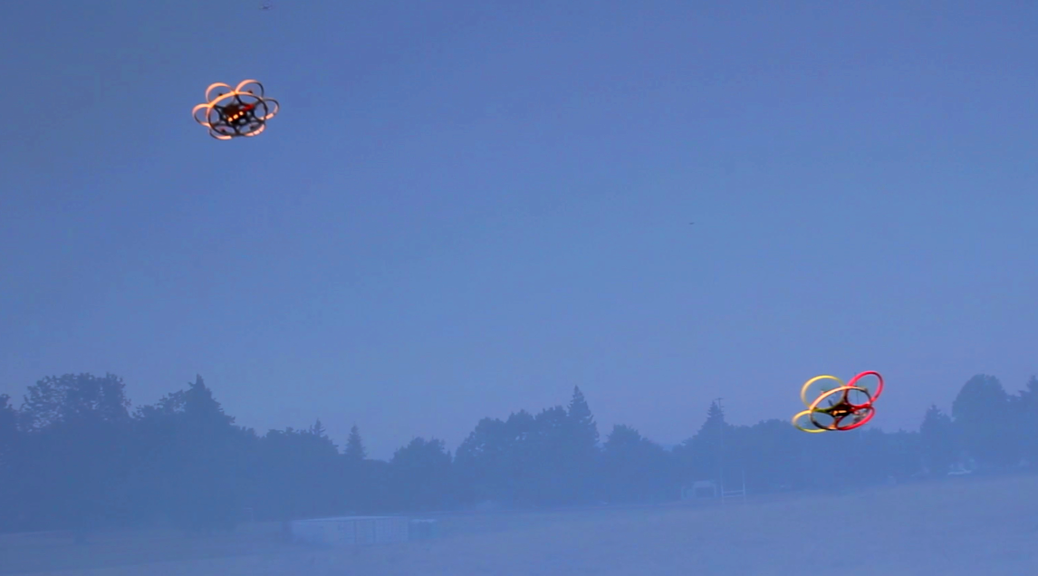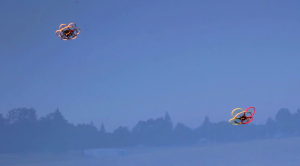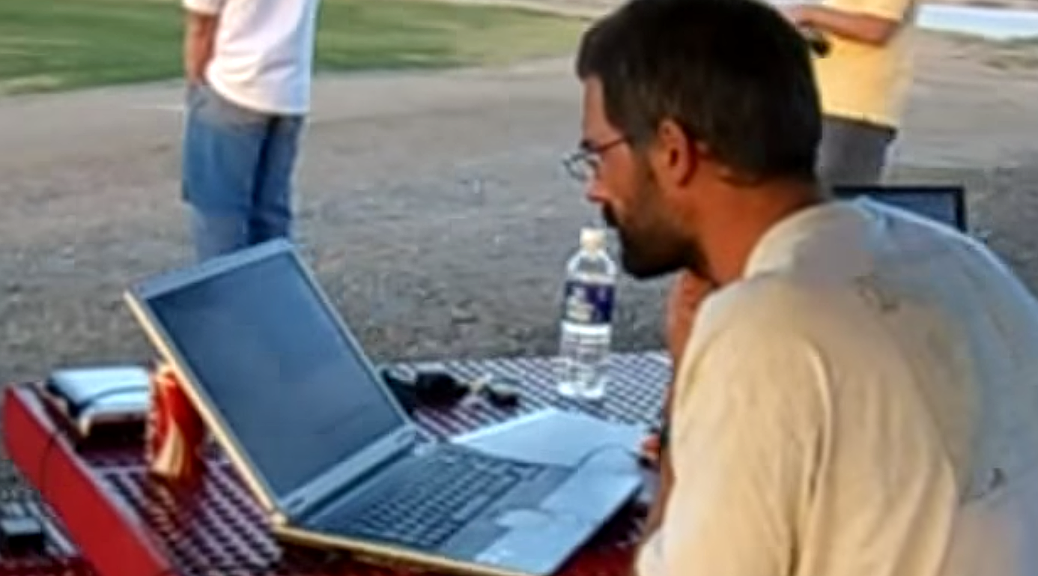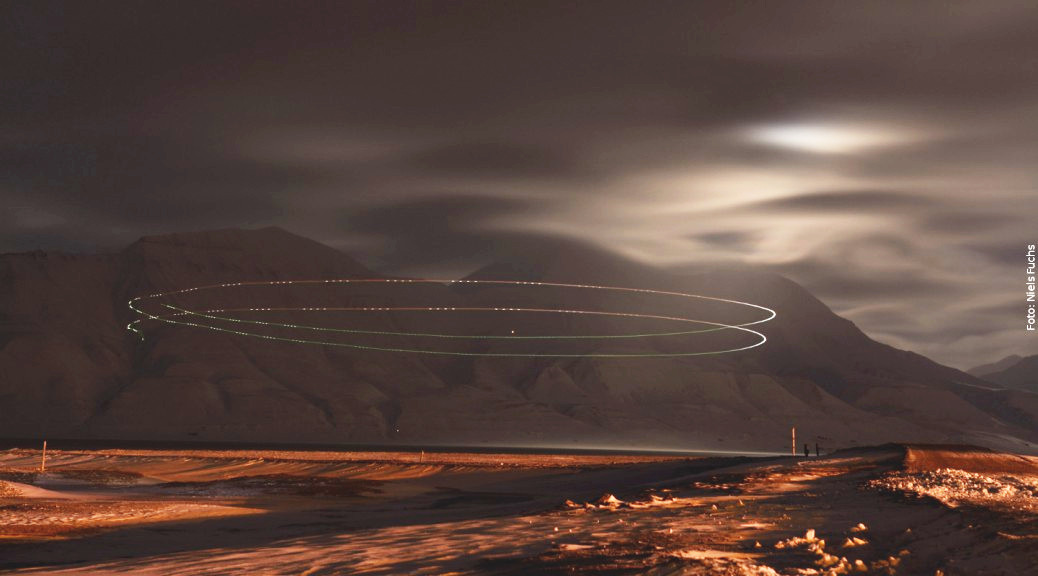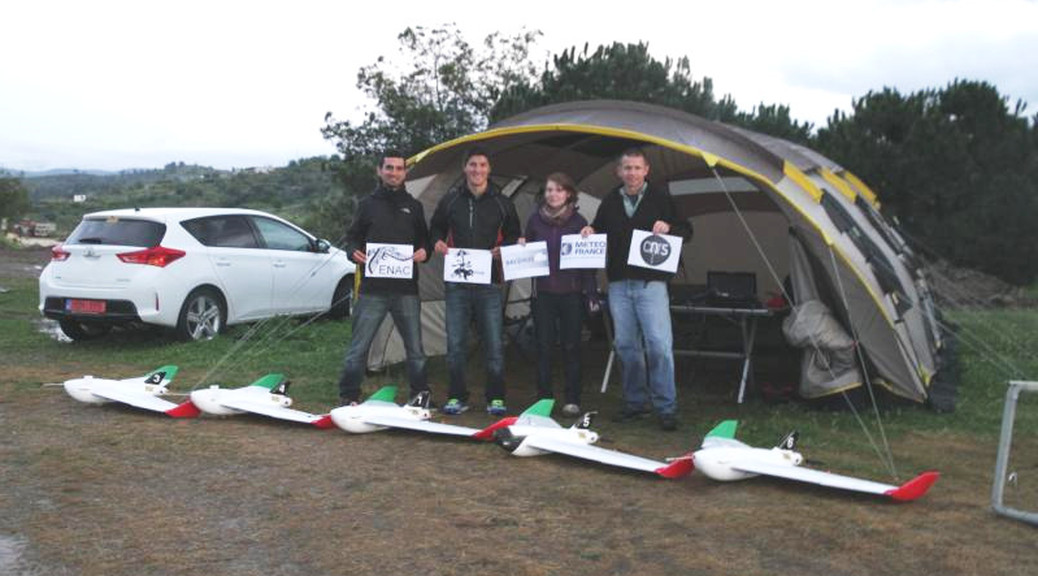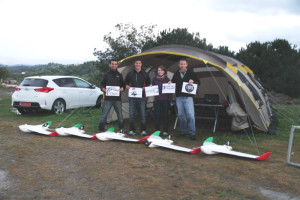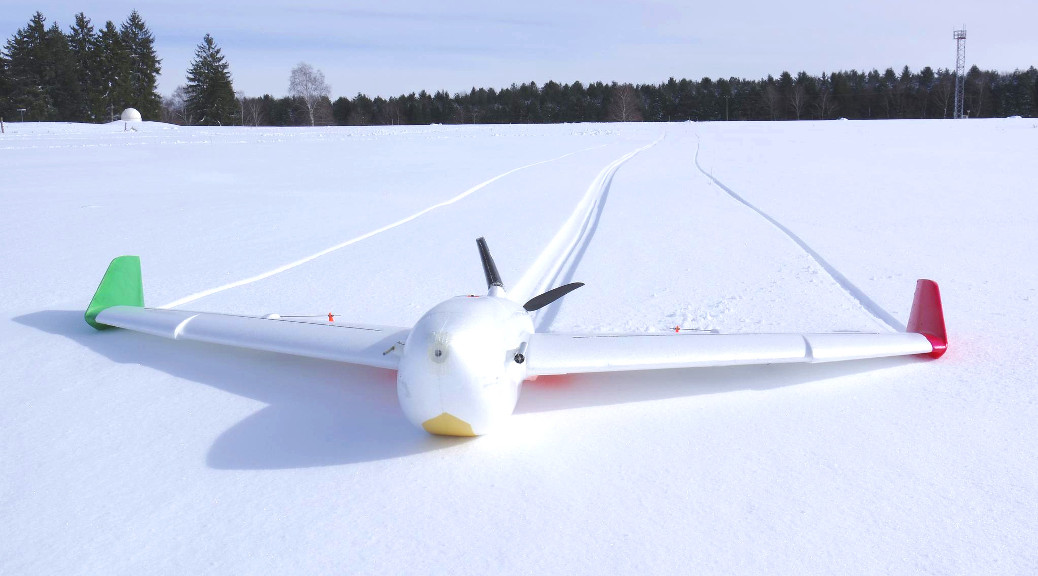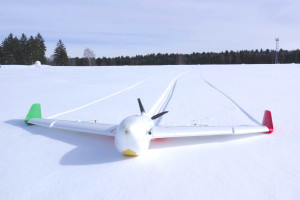Last May, the ISARRA conference (International Society for Atmospheric Research using Remotely Piloted Aircraft) was held in Toulouse, France (http://www.meteo.fr/cic/meetings/2016/isarra/).
The week before the conference, a few teams of researchers gathered to share experiences and fly their drones at the Atmospheric Research Center of Lannemezan near the Pyrenees. Among them was some of the oldest users of Paparazzi: Martin Muller (http://blog.pfump.org), the team of Joachim Reuder from the Geophysical Institute of Bergen, the UAV Lab of ENAC and the French Meteorological Research Center who was hosting the event.
Many flights have been done, including for the ENAC lab, the first flight using ChibiOS v3 implementation and some autonomous catapult takeoff.
